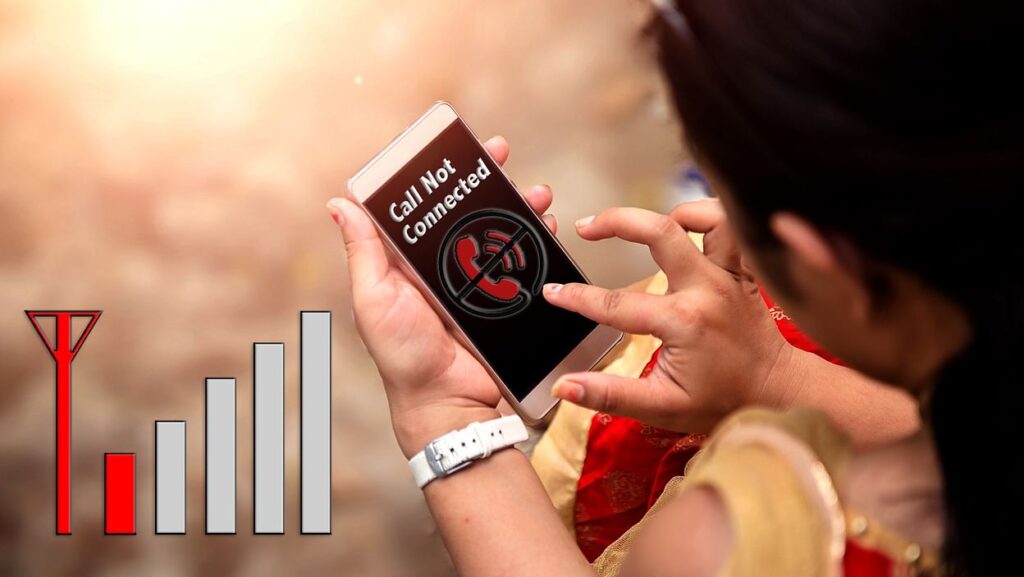What are the Reasons for Frequent Call Drops? Read it to Know!

Once in a lifetime, everyone has experienced a bad mobile connection. But nowadays people are facing this issue on a regular basis. We rely heavily on mobile phones for our daily and business activities. Phones these days are not only used for calling but also for instant messaging, business meetings over video calls, browsing the Internet, accessing emails, and much more.
When you are searching for a new address via GPS app and suddenly it stops working as the signal drops. Or maybe you are on an important business call and suddenly the signal disappears. There are times when the call drops even before the bell rings. So, you move around here and there in hopes of picking up the signal again.
Researchers from Pew Internet and American Life Project said that the biggest problems faced by cell phone users these days are dropped calls. 72 percent of the cell phone owners experience call drops at least occasionally whereas 32 percent of users experience this scenario at least a few times a week, according to the study.
Here are the reasons what causes dropped calls and how you can fix this issue.

1. Distance from Cell Tower
The closer you are to a cell phone tower, the better your signal quality will be. You tend to experience the call drop issue if you are farther from the tower as the signal will be weaker. When there is no coverage available from the tower because of any reason that area is said to be a ‘dead zone’.
The ‘dead zone’ situation not only arises in remote areas but also in populated cities where the towers are improperly aligned or affected by tall buildings, resulting in areas not receiving proper coverage. Dead zones are frequently found underground such as parking garages, basements, and subway lines.
2. Obstacles that Block Signals
The other reason for not receiving proper signals is the obstacles faced by the towers. Anything which comes between your phone and the tower can cause signal issues. Natural obstacles can be mountains, large trees, ridges, hills that can lead to signal problems. You tend to face the issue more often if you live on one side of the mountains or large trees and the tower is on the other side.
Atmospheric conditions also affect signal strength. When the mobile phone emits electromagnetic radio waves, which are known as radio frequency that is received by the nearest signal tower’s antenna and as soon as it receives the signal, it transmits to a switching station. So bad weather conditions such as humidity, clouds, thunderstorms, snow, rain, and fog come in between the process, the signal deteriorates. The dust particles can also affect the RF signals.
3. Construction Materials of Building
There are times when you receive the signal at one side of the bed and when you switch your side the connection gets lost. You try moving and walking around your home just to get the proper signal. And it is probably due to the metal blocking it.
Even if there are proper weather conditions and still your call is dropped, the one reason can be the materials used in your building for the construction. The materials which highly affect your signals and contribute to wave loss are sheet metal, wire mesh, reinforced concrete, and different types of glasses.

How can you Improve your Signal by Soluno?
There are situations when you urgently need to make a call or you can’t afford the obstacles in your business calls. Soluno has come up with the Indoor Mobile Coverage services where they install repeater equipment inside the office premises that redirects and distributes the signal in the installed areas.
Before installation, Soluno identifies areas that require proper coverage by measuring both indoors and outdoors. They offer mobile indoor coverage in two bundles- Standard and Plus. So after deciding which type of coverage to be installed, they produce a proposal, and after agreeing it is installed.
The best thing about them is that they provide ongoing support and service during the process.